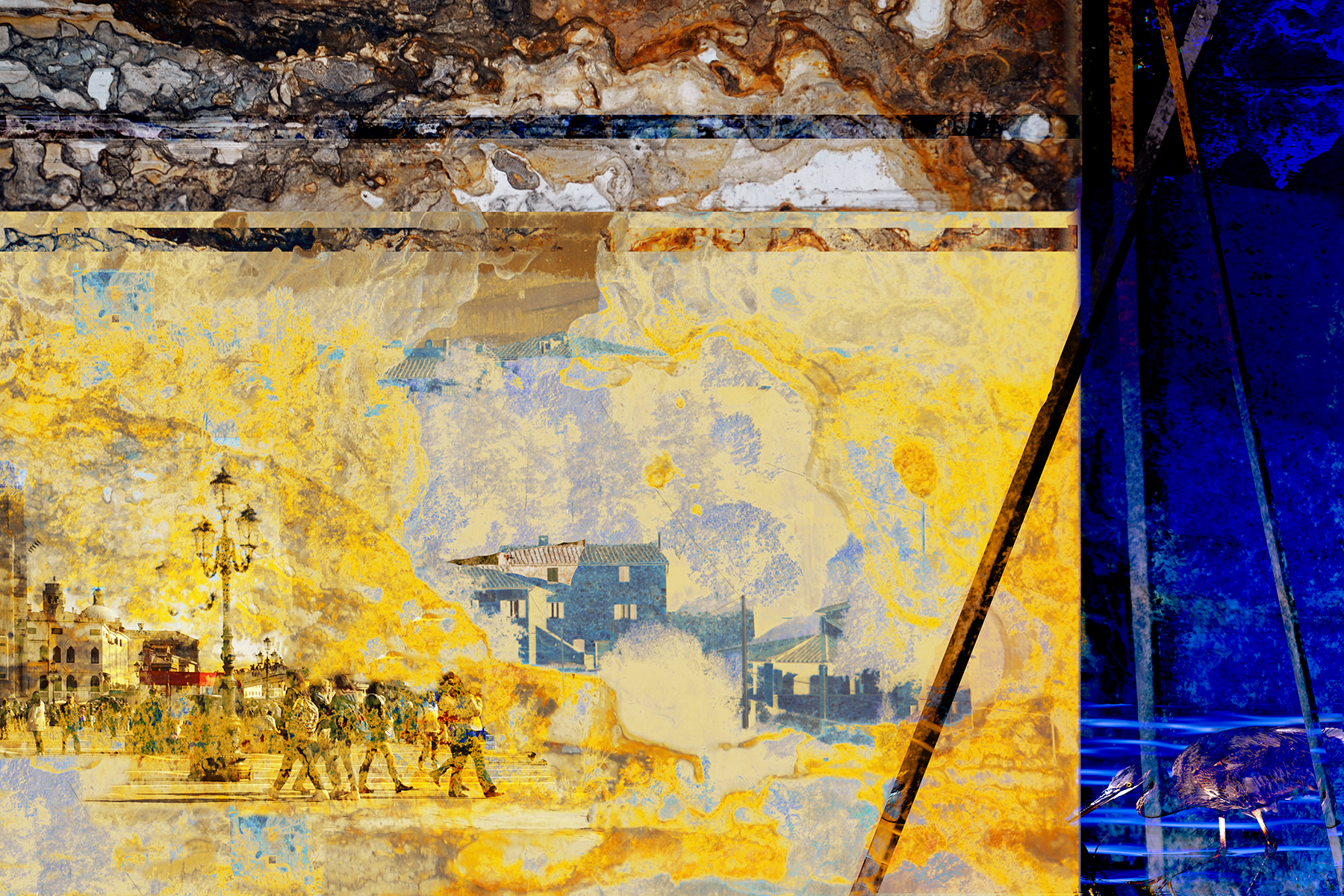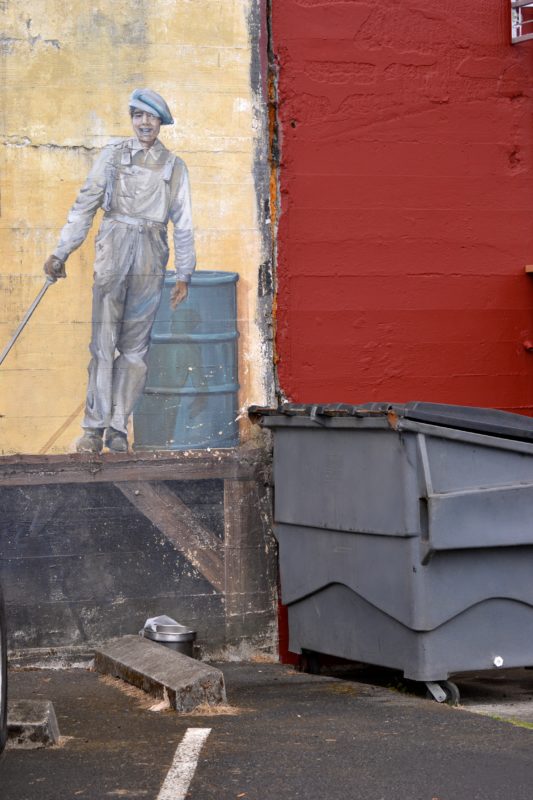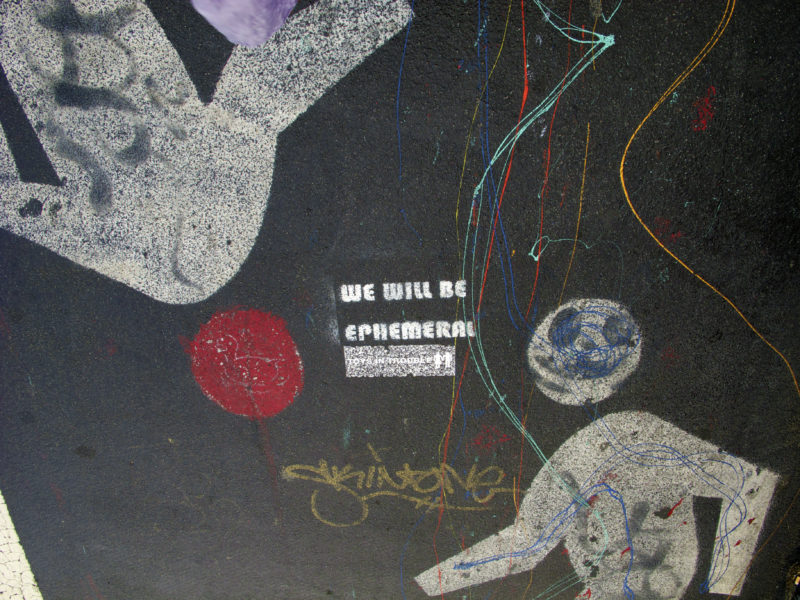– In memory of my friend, Dutch-American painter Henk Pander. You are missed. –

Henk Pander Remembering Haarlem (1922) Painted a year before his death on April 7, 2023.

***
Walk with me, and you’ll get rewarded with a fun fair ride, or a gigantic ice cream cone or a wine tasting at 11:15 in the morning on a Monday – up to you. I, of course, had come to photograph the tulips and the never disappointing sartorial choices that people make when they visit the fields.
On my way to the Wooden Shoe Tulip Farm, I drove by one of those traffic control machines that flash speed numbers at impatient drivers. Mine said instead: Great Job! I must have been, for once, under the speed limit, but could not help be irritated by patronizing traffic machines that are now talking to me. But I digress. Let us leave quibbles behind and indulge in beauty.

Wooden Shoe Tulip Farm South of Portland, in March 2025.

Claude Monet Tulip Fields at Sassenheim (1886)

Vincent van Gogh Fields of Tulips (1883)
What used to be a farm with a small store where you could get cut flowers and order bulbs for next year’s planting, is now a consumer’s paradise, with a fun fair, hot air balloon rides, endless booths for food and trinkets.



You have to book tickets on line and decide on a fixed time slot for arrival, so that the acres of parking lots can be managed by the staff. But you know what: it’s fine! Let people have fun in a world that offers little of that, let the kids squeal and the adults delight in a whiff of spring and distraction from daily worries. I certainly had a blast and was grateful to hear so much laughter.
The fields were a bit behind, given the strange weather patterns of this winter, with field color concentrated only in one corner, but found in planters generously spread throughout. What was in bloom showed most frequently shapes that no longer resemble much the sultans’ turbans, etymologically the root of the word tulip, from the Turkish language.


Jacob Marrle Four Tulips: Butter Man, Nobleman, The Great Plumed One, and With the Wind. (1635)

Erkin Tulpen in blauwe Kom (2018) He is a contemporary Dutch realist painter who goes only by one name.
Yellow was definitely coming up, opening wide to a surprisingly warm morning.




Gerhard Richter Tulpen (1995)
Picked this painting despite the ongoing “let’s make them guess” style of this artist (I’m not a fan, as you know), with multiple options including a view from a moving train, fading of memories, or vision problems – which was what I thought about during my stroll. The farm had a sign out that suggested you could borrow glasses that would help overcome color blindness and help enjoy the full glory. I had to look it up, once back home, if these glasses really are able to keep what they promise – and wouldn’t you know it, only IF you have a mild version of the common red-green colorblindness (and not an absence of color receptors,) do they have an effect, enhancing contrast vision more so than color vision per se. (Ref.)

Lots of workers in the fields, picking flowers for sale, transporting goods, weeding, guarding against visitors flaunting the rules. Hard work on a still cold and damp ground.








Lots of appropriately themed garb.





But nothing beats the beauty of the blossoms – or, as a matter of fact, the breeding of new stem colors.




Max Beckmann Stillleben mit Ausblick aufs Meer (1938)


Paula Becker Modersohn Stillleben mit Tulpen in blauem Topf.
One tent housed a wood worker who made traditional Dutch Klompen out of poplar wood.




It made me think of the long history of Dutch colonialism, agricultural brilliance, and the 17th century tulip mania that ended in an economic crash. One thought about speculative bubbles led to another, and here I was wondering why so many young men are so attracted by crypto currency speculation, meme coins, and, for that matter, sports betting.

Anonymous The sale of tulip bulbs (17th Century)
For one, it is interesting to see that there are endless postings on the web where tulip mania and crypto speculation are compared and scathingly disentangled – the former bad, the latter good, in very LOUD voices… Of course, if you dig, you find opposing views and people quite worried about another bubble, eventually bursting and dragging the investments of young men down with them. The numbers are staggering – both in terms of how many young men are drawn to day trading, crypto and betting (relative to women and older populations,) how many of them consider themselves addicted in one form or another, and how much money they gain or loose in short amounts of time.
Roughly one in three young people has traded in or used crypto (when I can barely define what that actually is.) The new administration is helping, in terms of loosening banking restrictions, or active encouragement in investing in these kinds of currencies (Trump just yesterday introduced a new cryptocurrency, the Stablecoin.)
Listen to the expert (and this link leads to a smart, short piece on the psychology of crypto attraction):
Still, the bro-economy exploits its users’ penchant for risk. Crypto companies and betting sites do not generate value; they take cash from their users, reshuffle it, and redistribute it, while keeping a cut for themselves. Postmodern trading platforms encourage excess, making their margins on esoteric trades and superfluous volume. The casino lacks guardrails, not to benefit the bettors, but to benefit the house.
Musk and Trump have given young men something to aspire to. But their ascendance makes the stricter regulation of the bro-economy unlikely—and, in the case of crypto, makes deregulation a sure thing. Guys are about to lose billions and billions of dollars a year on apps designed to obscure risk and keep them coming back for a dopamine hit. Trump and Musk can afford to lose huge sums. Most young American men cannot.

Jan Brueghel the Younger Allégorie de la Tulipomanie (1640)
Oh, let’s just return to the beauty out there, and not fret, for five minutes.


Claude Monet Vase of Tulips (1850)

Emil Nolde Tulpen, (ca. 1940)
And one of my favorites:

François-Emile Barraud Parrot Tulips (1931)

***
I was not the only one who found joy.



And Easter around the corner.


The pug, on the other hand, was sort of done with it…


As was he.

Careful, Bigfoot, even the curbs have tulips…



Music today are variations on a famous composition by Dutch composer Simeon ten Holt who died in 2012. The piece is called Canto Ostinato (1979). Here is a version for four pianos, recorded live in 1984 and here is one I really like from 2017 at a world music festival, with incredible singing.























































 There are whole empires of these free ports, from Luxembourg to Singapore, allowing art to be un-seen. Why on earth, you might ask? The answer is of course: money. And I am not just talking about hedge funds, derivatives or futures applied to art collection. Rather, art out of view is the perfect way to launder dirty money since there is no transparency.
There are whole empires of these free ports, from Luxembourg to Singapore, allowing art to be un-seen. Why on earth, you might ask? The answer is of course: money. And I am not just talking about hedge funds, derivatives or futures applied to art collection. Rather, art out of view is the perfect way to launder dirty money since there is no transparency.






